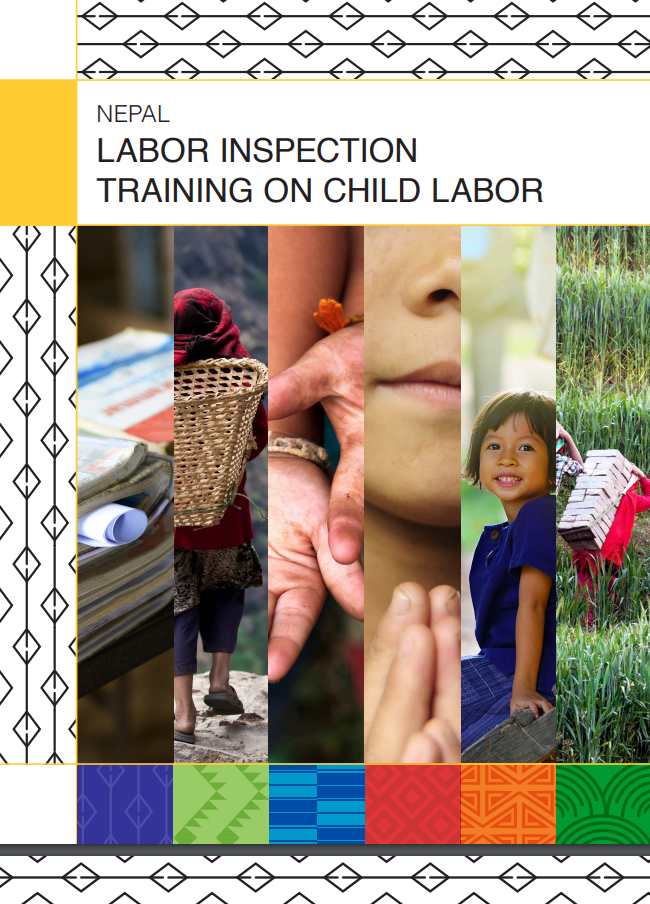National Referral Mechanism on Identifying and Working with Potential Victims of Child Trafficking
GuidancePublicationsSince its establishment in 2007, the Working Group on Child Trafficking as a sub-group of the Task Force on Combating Human Trafficking has been working to gather background information on the phenomenon of child trafficking in Austria through the e...Read More

